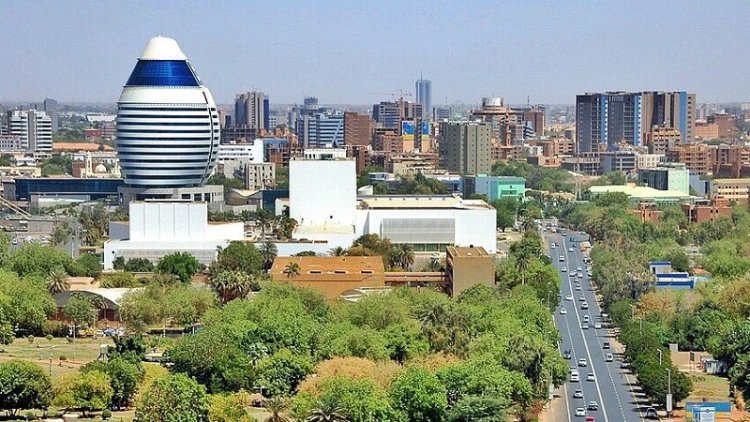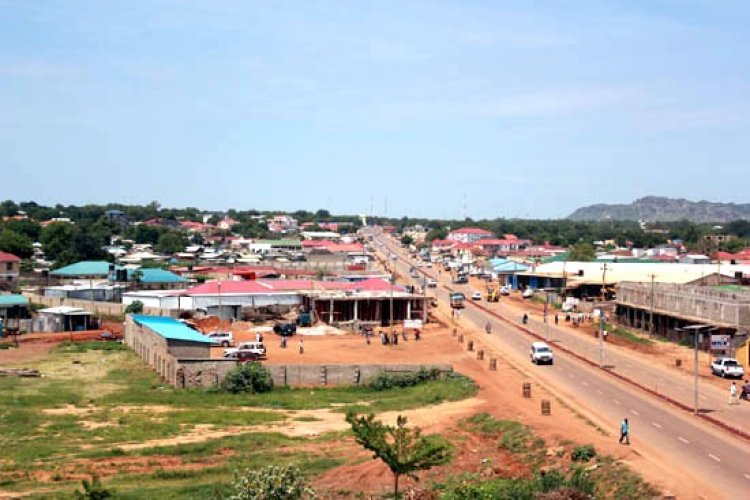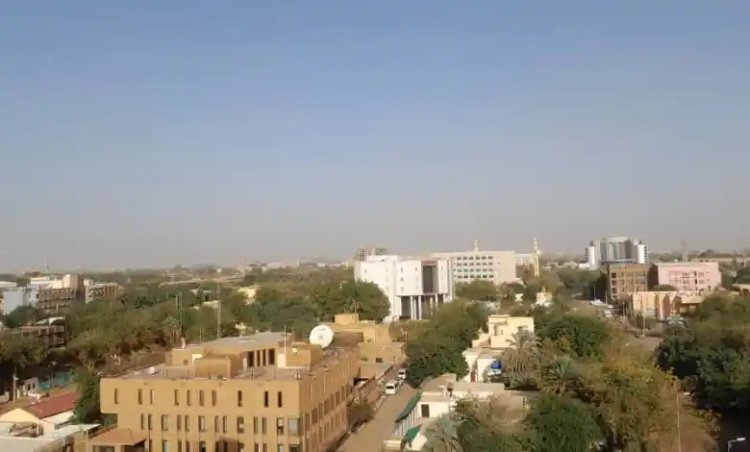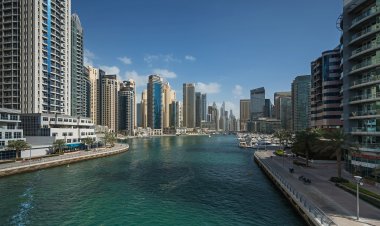After the outbreak of the conflict.. Where is Sudan's economy headed?

The Sudanese economy has been suffering for two years under inflationary stagnation. During 2022, the inflation rate rose to more than 154%, and last January, the annual inflation reached about 83%.
Sudan is witnessing a state of back-and-forth between the army and the Rapid Support Forces, which has claimed the lives of at least 56 civilians, according to a preliminary toll.

The ongoing clashes since yesterday, Saturday, April 15, 2023, are the latest setback in the country of the two Niles since the fall of the Omar al-Bashir regime in 2019, and the subsequent political and military unrest, which pushed the Sudanese economy towards a harsh inflationary stagnation.
International warning
Yesterday, Saturday, United Nations Secretary-General Antonio Guterres called on the Sudanese leaders to stop hostilities, restore calm, and launch dialogue to resolve the current crisis, and said in a statement that any escalation would have a catastrophic impact on civilians and exacerbate the difficult humanitarian situation in Sudan.
The Under-Secretary-General for Humanitarian Affairs, Martin Griffiths, expressed his concern about the repercussions of the clashes in Sudan, explaining that about 16 million people, or a third of the population, need humanitarian assistance, and that any escalation of violence will only lead to a further deterioration of their conditions.
Sudan.. the country of crises
Since the measures taken by Army Commander Abdel Fattah Al-Burhan on October 25, 2021, which included the dissolution of the Transitional Council of Ministers and Sovereignty, Sudan has been witnessing political turmoil that has exacerbated the repercussions of the Corona pandemic and the local economic crisis that has its roots for decades, according to the Financial Times.

During the rule of Omar al-Bashir (1989-2019), Sudan faced international sanctions and a deterioration in living standards and infrastructure, as well as civil conflicts that ended with the peace agreement in 2005, and the secession of the south in 2011, which represented a severe blow to the economy of the north, because it deprived it of about 75% of oil revenues, Which represented more than half of Khartoum's revenues and 95% of its exports.
Weak trade balance
Sudan depends on the outside to cover most of its oil and food needs. In light of the deterioration of the value of its currency and the rise in global prices, Sudan recorded during 2022 the highest deficit in its trade balance since 2012.
On average, one dollar equals about 447 Sudanese pounds, according to data from the Central Bank of Sudan, compared to an average of between 18 and 47 pounds per dollar in 2018.
During 2022, Sudan imported petroleum products amounting to about $2.9 billion, higher than its wheat imports amounting to $1.13 billion, as well as its food imports amounting to $645.8 million. On the other hand, its gold exports amounted to about $2.2 billion, and its livestock and meat exports amounted to about $550.6 million, according to Central Sudanese data, which reveals the weakness of its trade balance.

Recession
The Sudanese economy has been suffering for two years under inflationary stagnation. During 2022, the inflation rate rose to more than 154%, and last January the annual inflation reached about 83%, amid government expectations that it will decline to 25% throughout the current year, and estimates by the Monetary Fund to record a level of 76.9%, but these numbers were before the current crisis between the army and forces Quick support.
The events of October 2021 caused a decline in the value of the Sudanese pound by about 40% in just 5 months, and a loss of foreign investments of more than $35 billion in areas such as industry and agriculture, in addition to freezing billions of dollars in international aid, the latest of which was the suspension of the Paris Club group last June. For its decision to exempt Sudan from its debts, estimated at about $64 billion, according to Reuters news agency.


 Shrouq
Shrouq 












